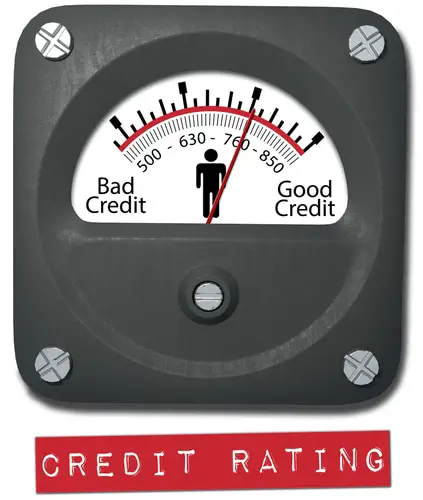VantageScore is a scoring system that was created in 2006 by all 3 bureaus (Equifax, Experian and TransUnion). It’s owned and controlled by VantageScore Solutions, LLC. — allowing the 3 CRA’s to license the model and scoring methods.
The reason for creating this new scoring system was to compete with Fair Isaac, the company that created FICO (acronym for Fair Isaac Corporation), by creating a more modern approach to scoring (why VantageScore was founded). FICO was created back in the 1950’s, although it has made many necessary changes over the decades. Today, most lenders, creditors and financial institutions use FICO and VantageScore.
VantageScore uses a scholastic grading system (A,B,C,D,E,F) to help better educate, both the consumer and the lender, on the creditworthiness of the consumer. A being the good, F being poor.
As of 2013, VantageScore is using VantageScore 3.0. From TransUnion, they state:
Better predictability within sought-after borrowers
The latest model pairs industry-leading analytics with more granular data from consumers’ credit histories. These combine to create the most predictive and consistent VantageScore to date.Up to a 25% predictive lift over earlier models
VantageScore 3.0 delivers an unparalleled ability to predict among prime and near-prime consumers. This performance boost gives lenders a much-improved ability to assess the potential risks to their own portfolios.A whole new universe of potential customers
Because VantageScore 3.0 considers at least 24 months of credit history (including utilities, rent, and telco) rather than the traditional six months, the model can generate scores for 27 – 30 million previously “unscoreable” consumers.
In the past, TransUnion reported the scoring system as:
(NOTE: THIS IS THE OLD SCORING CHART)
A: 900–990
B: 800–899
C: 700–799
D: 600–699
F: 501–599
As you can see, the old VantageScore ranged from 501-990, whereas today it ranges from 500-850.
Today, VantageScore is a bit more similar to FICO, as the scoring system ranges are very similar. However, the algorithm used to formulate these calculations are a bit different.
It’s claimed that VantageScore is used by most financial institutes, creditors and lenders. However, many of these companies also utilize FICO scores as well.
Categories used when calculating VantageScore:
(in order of most important)
- Payment history
- Age and type of credit
- Percentage of credit limit used
- Total Balances
- Recent Credit
- Available Credit
Making sure that you pay your bills on time is most important, followed by Age and type of credit. If you’re fairly new to credit, your score can be negatively affected. However, as long as you continue to pay your bills on time and allow your accounts to age (keep them open for as long as you can!), your credit score will go up.
Use the above information to your advantage, as many credit card providers, lenders and other financial institutions may use VantageScore for their sole scoring provider.
You can read more about how credit scores work here.

